2.16.18 – (LAA/LUS) – Update on APFA Meeting with Company about Reserve Numbers
APFA leadership, along with members of the Joint Scheduling Committee (JSC) met with Crew Planning this week to review the data the Company claims is the driving force behind the increased reserve numbers for March. The following is a synopsis of what Crew Planning presented:
In addition to data received from Network Planning, Crew Planning utilizes year over year data to determine monthly utilization. Based on the data from March of last year, Crew Planning attributes the increase in March Reserves to the following three factors:
- (LAA) A year over year reduction in the number of new hires resulting in approximately 735 fewer new hire Flight Attendants this March as opposed to last.
Between November 2016 and March 2017, 784 new hires were added to the reserve pool. From November 2017 to March 2018, there will only be 49. The robust hiring spree in 2016 and 2017 resulted in more Flight Attendants being on the 1 on 1 off reserve rotation in March of last year. As those Flight Attendants rotate onto the 1 on 3 off rotation, more senior Flight Attendants are pulled onto reserve as a result. Additionally, Crew Planning claims that the reduction of 735 new hires ultimately impacts approximately 2,000 Flight Attendants.
- (LAA/LUS) A shift of the Easter holiday weekend from the April bid month in 2017 to the March bid month in 2018.
Holiday months require an increase in reserves. Unlike last year, the March bid month will include five weekends instead of four, one of which is a holiday weekend.
- (LAA/LUS) Sick call trends and reserve usage in previous months
Planning claims that sick calls over the holiday period of December and January contributed to a 22% increase in reserve usage. (APFA took this time to remind the Company that adequate holiday pay would go a long way in reducing these numbers.)
Following the presentation, APFA inquired about the effects of mandatory training, Special Assignment (SA), and other unplanned leaves. Planning has agreed to meet with the Contract and Scheduling departments to further review this data.
The Company plans to hire up to 2,000 Flight Attendants this year which will ultimately bring reserve seniorities down as new hires come into the reserve pool; however, given the coming changes, even the Company acknowledges that new hires offer only temporary relief, and there will need to be an effort to find long-term, creative solutions to the reserve dilemma.
In the short term, members of the JSC suggested the possibility of slightly reducing line averages on the LAA side, which would increase the number of line-holders as well as offer more opportunities for Flight Attendants to pick up time from other Flight Attendants, thus possibly reducing sick calls. Additionally, APFA suggested that the Company reconsider non-essential mandatory training programs such as Elevate.
We completely understand the membership’s frustration with higher reserve numbers and this explanation from Crew Planning does little to alleviate the hardship, but please know that APFA leadership, along with the National Contract & Scheduling departments and the JSC, will continue to explore and push for long-term solutions to increasing reserve numbers.
Renee Mayer
APFA National Scheduling Chair
[email protected]
Paul Hartshorn
APFA National Contract Chair
[email protected]



